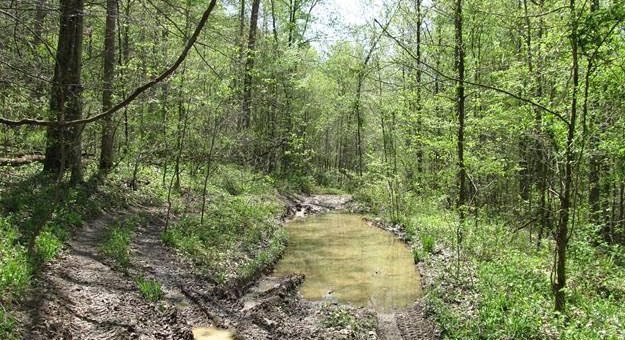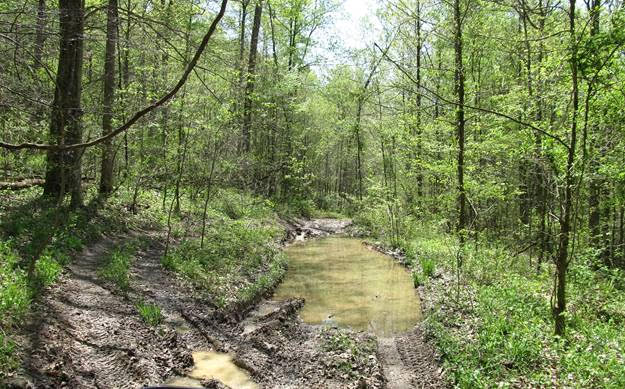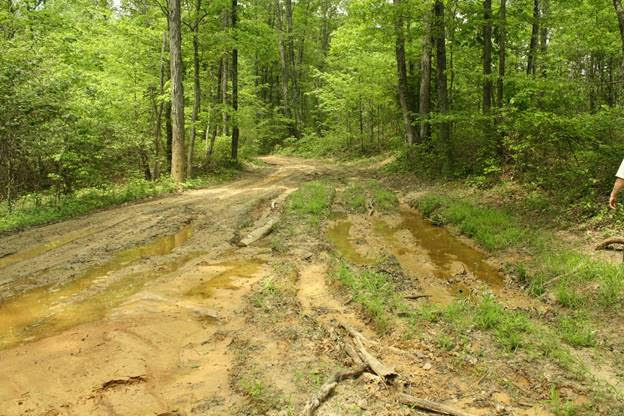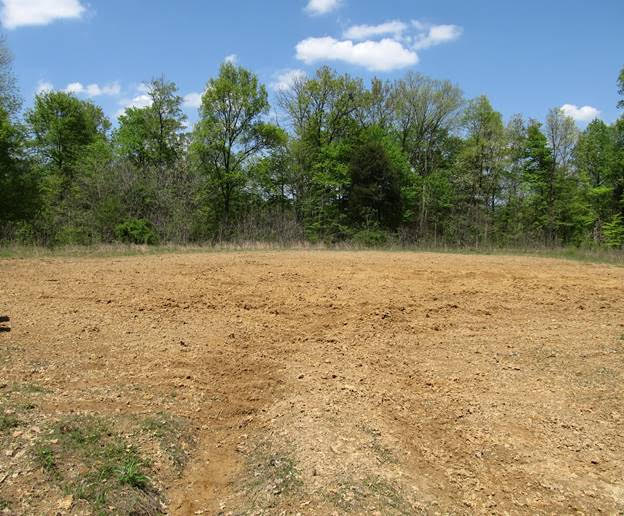
(BEDFORD) – Although responsibly enjoyed by many people, vehicles are also a major cause of natural resource damage on public lands.
Off-highway vehicles are prohibited on the Hoosier National Forest and may not be operated on any National Forest System land, road or trail, including campground roads.

The Forest Service considers off-highway vehicles to include four-wheelers, ATVs, motorcycles, dirt bikes, mopeds, dune buggies, Segway’s, golf carts, and other motorized all-terrain type vehicles.
Basically, OHVs are any type of motorized vehicle, smaller than a car or truck that does not have a state-issued license plate, with the exception of certain scooters. In addition, off-road use by any type of vehicle, including licensed motor vehicles, is prohibited on the Hoosier.

Officials say unauthorized OHV use on the Hoosier has become a significant problem in many areas of the forest. Illegal riders have created their own roads and trails through the forest, impacting vegetation and causing soil erosion and compaction.
Water quality has been impaired due to sediment from erosion.
OHVs are a key source in the introduction and spread of non-native invasive plants, reducing native plant and wildlife diversity.

Forest Service law enforcement officials work cooperatively with Indiana Department of Natural Resources (DNR) Conservation Officers and local law enforcement officers to identify and ticket individuals who are riding illegally. Illegal riders can be fined and have their vehicles impounded.
Illegal OHV riding on the Hoosier also costs the Forest Service, and thereby taxpayers, many thousands of dollars in restoration and rehabilitation costs every year. Riders seeking to create an exciting and challenging route frequently choose to drive on steep hills and cross streams, resulting in severe erosion, creation of large “mud holes”, and degraded watershed health. This type of natural resource damage is expensive and time-consuming to repair and restoration can take many years to complete.
For those interested in OHV riding, there are a number of private and a few public areas in the state where it is specifically allowed and encouraged. For example, the Indiana Department of Natural Resources operates the 3,550-acre Interlake State Recreation Area near Lynnville in Warrick County and the 1,400-acre Redbird State Recreation Area in Greene and Sullivan Counties. In addition, the Lawrence County Recreational Park, Inc. near Springville offers 60 miles of trails for both novice and experienced riders alike.
Some counties have enacted ordinances that allow the use of OHVs on officially designated county roads, but this information and specific requirements outlined in the ordinance should be verified with county government officials.
The Hoosier National Forest provides the public with a wide variety of outdoor recreational opportunities. Visitors can use their national forest to hike, bike, fish, horseback ride, camp, hunt, watch wildlife, view scenery, rest, rejuvenate, and enjoy many other things.
Forest visitors are encouraged to help protect their public lands by reporting illegal OHV activity. Contact Forest Service Law Enforcement Officers at the Brownstown at 414-708-8776 or Tell City at 414-232-8093 Ranger Districts to report incidents or evidence of use.
For more information on vehicle use on the Hoosier visit https://www.fs.usda.gov/activity/hoosier/recreation/ohv .



